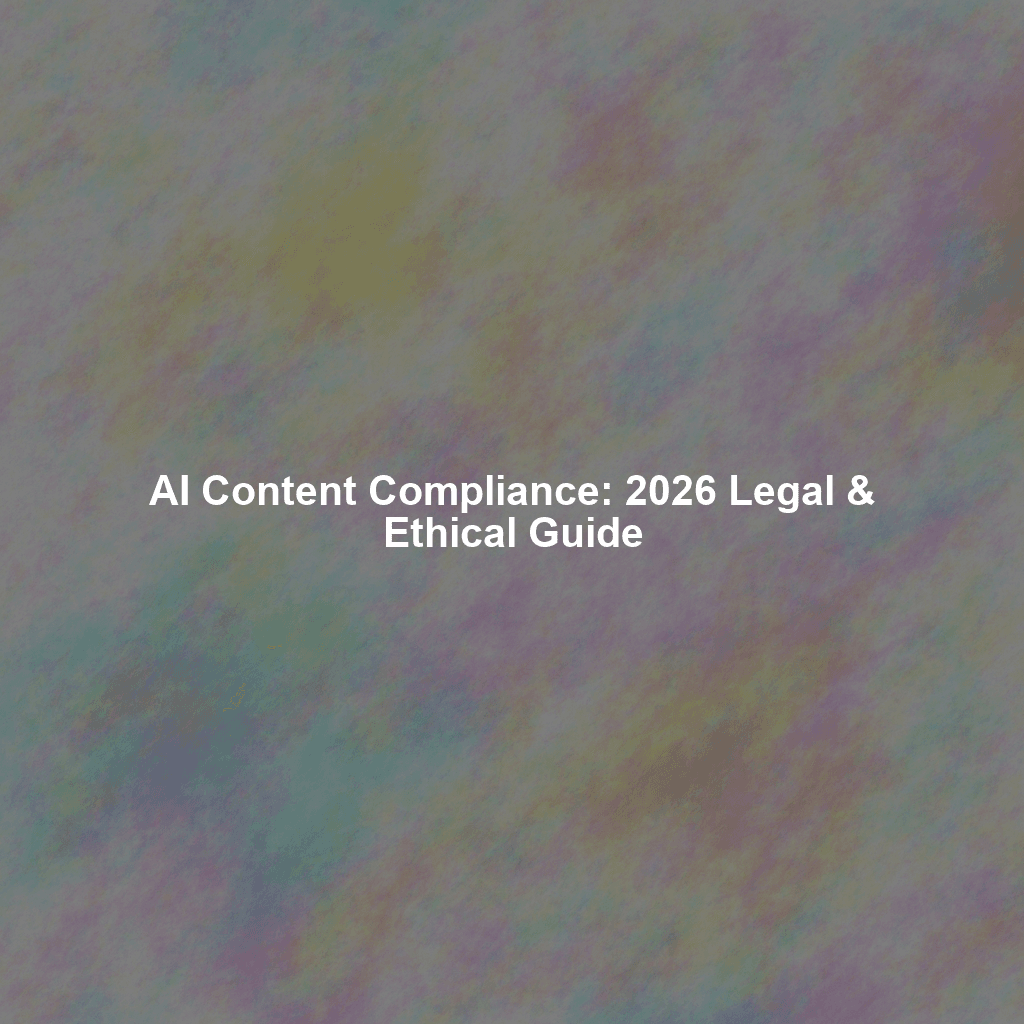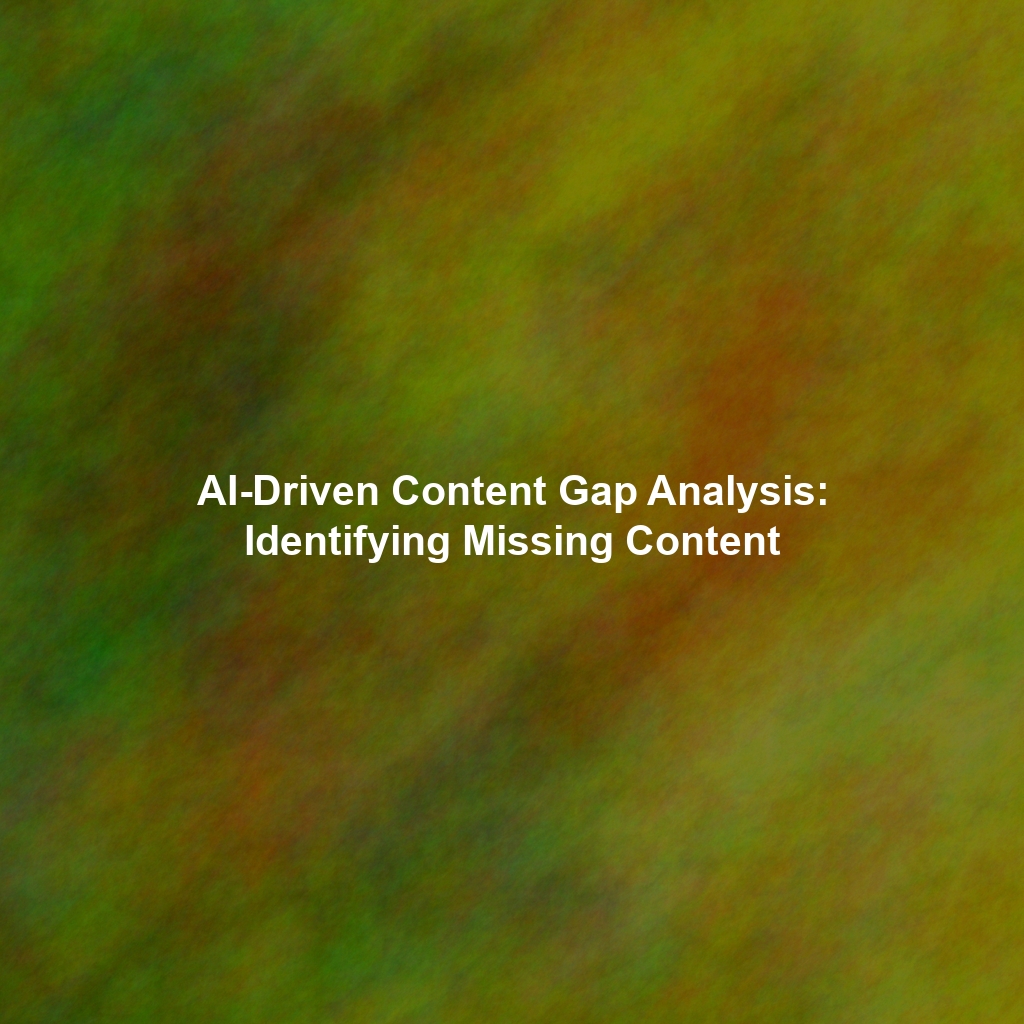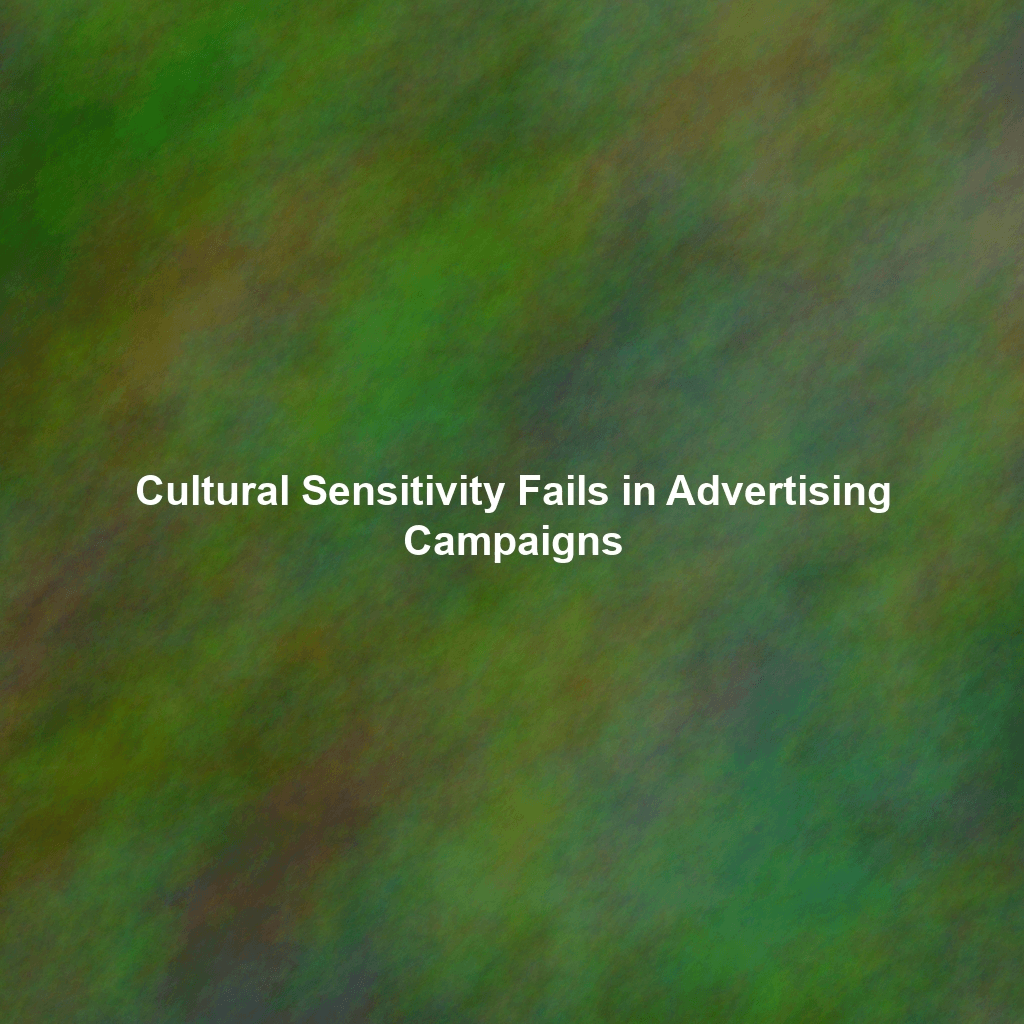The content landscape in 2026 is vastly different from what it was just a few years ago. Artificial intelligence (AI) isn’t just a tool for content creation; it’s a critical component of content compliance, ensuring that everything from blog posts and social media updates to marketing materials adheres to legal regulations, brand guidelines, and evolving ethical standards. This article delves into the expanding role of AI in content compliance, examining its capabilities in identifying and mitigating issues like plagiarism, misinformation, bias, and inappropriate content. We’ll also explore the legal implications of AI-generated content and offer actionable strategies for building robust AI-driven compliance frameworks.
The Evolving Need for AI in Content Compliance
The explosion of digital content has created an unprecedented challenge for marketers and organizations. Human review alone is no longer sufficient to ensure that every piece of content meets the required standards. The sheer volume of information, combined with the speed at which content is created and disseminated, necessitates automated solutions. Moreover, the increasing complexity of regulations, such as GDPR, CCPA, and emerging AI-specific legislation, demands a level of precision and vigilance that only AI can consistently provide.
Consider the example of a global e-commerce company launching a new product campaign. The campaign includes hundreds of variations of ad copy, social media posts, and website content, tailored for different regions and demographics. Manually reviewing each piece for compliance with local advertising regulations, data privacy laws, and brand guidelines would be a Herculean task, prone to errors and delays. AI-powered compliance tools can automate this process, identifying potential violations and ensuring consistency across all channels.
The Challenges of Traditional Content Compliance
Before the widespread adoption of AI, content compliance relied heavily on manual processes, which were:
- Time-Consuming: Reviewing content manually is a slow and resource-intensive process.
- Error-Prone: Human reviewers are susceptible to fatigue and oversight, leading to inconsistencies and errors.
- Scalability Issues: Manual processes struggle to keep up with the ever-increasing volume of content.
- Lack of Consistency: Different reviewers may interpret guidelines differently, leading to inconsistent application of compliance standards.
How AI is Transforming Content Compliance
AI offers a powerful solution to the challenges of traditional content compliance. By leveraging natural language processing (NLP), machine learning (ML), and computer vision, AI can automate various aspects of the compliance process, including:
Plagiarism Detection
AI-powered plagiarism detection tools go beyond simple text matching. They can identify instances of paraphrasing, semantic similarity, and even unintentional duplication of content. Advanced algorithms analyze the context and meaning of the text, ensuring that content is original and properly attributed. Companies like Turnitin, which were initially focused on academic plagiarism, have expanded their capabilities to address the needs of businesses and content creators. By 2026, we expect to see even more sophisticated tools that can detect subtle forms of plagiarism, such as the use of AI-generated content that closely mimics existing sources.
Misinformation Detection
The spread of misinformation is a major concern in today’s digital age. AI can help combat this problem by identifying and flagging false or misleading content. AI algorithms can analyze text, images, and videos to assess their veracity, credibility, and potential impact. Tools like those developed by organizations such as Snopes (though primarily human-driven, they are increasingly incorporating AI) and academic research at institutions like MIT are paving the way for more sophisticated AI-driven fact-checking capabilities. In 2026, AI-powered misinformation detection will be crucial for maintaining brand reputation and protecting consumers from harmful information.
Bias Detection
AI can also be used to identify and mitigate bias in content. AI algorithms can analyze text and images to detect gender, racial, and other forms of bias, ensuring that content is fair and inclusive. This is particularly important for organizations that are committed to diversity, equity, and inclusion (DEI). Tools that offer bias detection are becoming increasingly sophisticated, moving beyond simple keyword analysis to understand the nuanced ways in which bias can manifest in language and imagery. Companies offering DEI solutions, such as PayScale (DEI analytics), are likely to integrate AI-powered bias detection into their platforms.
Inappropriate Content Detection
AI can also be used to detect and remove inappropriate content, such as hate speech, harassment, and offensive material. This is essential for maintaining a safe and respectful online environment. AI algorithms can analyze text, images, and videos to identify potentially harmful content, allowing organizations to take swift action to remove it. Social media platforms are already using AI to moderate content, and this trend is expected to accelerate in the coming years. The Meta Community Standards Enforcement Report offers insights into how AI is being used to detect and remove harmful content on Facebook and Instagram.
Compliance with Regulations
AI can help organizations comply with a wide range of regulations, including GDPR, CCPA, and industry-specific rules. AI algorithms can analyze content to identify potential violations of these regulations, such as the unauthorized collection or use of personal data. This is particularly important for organizations that operate in multiple jurisdictions, as they must comply with a complex web of regulations. Legal tech companies, such as LexisNexis and Thomson Reuters, are developing AI-powered solutions to help organizations navigate the regulatory landscape.
The Legal Implications of AI-Generated Content
The rise of AI-generated content raises important legal questions, particularly regarding copyright, liability, and transparency. In 2026, these issues will be at the forefront of legal debates.
Copyright Ownership
Who owns the copyright to content generated by AI? This is a complex question with no easy answer. Current legal frameworks generally assign copyright to human creators, but the role of AI in content creation blurs this line. Is the AI a tool, like a pen, or a co-creator? The answer may depend on the level of human input involved in the process. Legal scholars and policymakers are actively grappling with this issue, and we can expect to see new laws and regulations addressing the copyright of AI-generated content in the coming years. The U.S. Copyright Office has issued guidance on this topic, which is continually evolving.
Liability for AI-Generated Content
Who is liable if AI-generated content infringes copyright, defames someone, or violates other laws? Again, the answer is not always clear. Is it the developer of the AI, the user of the AI, or the organization that publishes the content? Legal precedent is still being established in this area. As AI becomes more sophisticated, it’s crucial to establish clear lines of responsibility to protect both creators and consumers.
Transparency and Disclosure
Should content generated by AI be labeled as such? This is a matter of transparency and ethical responsibility. Some argue that consumers have a right to know whether they are interacting with human-created or AI-generated content. Others argue that labeling AI-generated content could stigmatize it and discourage its use. In 2026, we expect to see increased pressure for transparency and disclosure regarding AI-generated content, particularly in areas like news and advertising. The Federal Trade Commission (FTC) is likely to play a role in regulating the use of AI in advertising and marketing, including requirements for disclosure.
Actionable Strategies for Building Robust AI-Driven Compliance Frameworks
Building an effective AI-driven compliance framework requires a multi-faceted approach that encompasses technology, processes, and human oversight. Here are some actionable strategies:
1. Invest in the Right AI Tools
Choose AI tools that are specifically designed for content compliance and that meet your organization’s specific needs. Consider factors such as accuracy, scalability, and integration with existing systems. Look for tools that offer a range of features, including plagiarism detection, misinformation detection, bias detection, and inappropriate content detection. Prioritize solutions that offer explainability, allowing you to understand why the AI flagged a particular piece of content.
2. Define Clear Compliance Guidelines
Develop clear and comprehensive compliance guidelines that reflect your organization’s values, legal obligations, and brand standards. These guidelines should be regularly updated to reflect changes in regulations, best practices, and the evolving AI landscape. Ensure that all employees and contractors are trained on these guidelines.
3. Implement a Human-in-the-Loop Approach
While AI can automate many aspects of content compliance, human oversight is still essential. Implement a “human-in-the-loop” approach, where human reviewers are involved in the process to verify AI’s findings and make final decisions. This is particularly important for complex or nuanced cases where AI may struggle to make accurate judgments.
4. Monitor and Evaluate AI Performance
Continuously monitor and evaluate the performance of your AI-driven compliance tools. Track key metrics such as accuracy, false positive rates, and false negative rates. Use this data to identify areas for improvement and to refine your AI models. Regularly audit your compliance processes to ensure that they are effective and efficient.
5. Stay Informed About Legal and Ethical Developments
The legal and ethical landscape surrounding AI is constantly evolving. Stay informed about new laws, regulations, and best practices related to AI-generated content and content compliance. Engage with industry experts, attend conferences, and subscribe to relevant publications. Consider establishing an internal AI ethics committee to provide guidance and oversight.
6. Foster a Culture of Compliance
Create a culture of compliance within your organization. Emphasize the importance of ethical content creation and compliance with regulations. Encourage employees to report potential violations and to raise concerns about the use of AI in content creation. Make compliance a shared responsibility across all departments.
The Future of AI-Driven Content Compliance
In 2026, AI-driven content compliance will be an indispensable part of the content marketing ecosystem. As AI technology continues to evolve, we can expect to see even more sophisticated tools and techniques for ensuring content quality, accuracy, and ethical integrity. Organizations that embrace AI-driven compliance will be better positioned to navigate the complex content landscape and to build trust with their audiences.
The convergence of AI and compliance is not merely a trend; it’s a fundamental shift in how content is created, managed, and governed. By adopting a proactive and strategic approach to AI-driven compliance, organizations can mitigate risks, enhance brand reputation, and unlock the full potential of AI-powered content marketing.
This article was optimized and published by Content Hurricane.
 Skip to content
Skip to content

